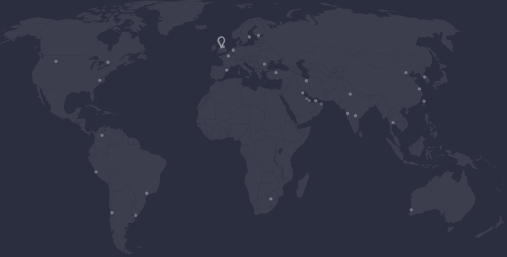Our noise testing equipment can be used in numerous market sectors and for various applications. Designed to measure and analyse sound levels, it can ensure compliance with regulations and protect the health of everyone nearby.
These devices are ideal for commonly used noise parameters such as LAeq, LAmax, LA10, LA90. So, what exactly are these different aspects of environmental noise?
Firstly, LAeq (Equivalent Continuous Sound Level) is the parameter commonly used to assess overall noise exposure over time, such as during an 8-hour workday or a 24-hour period. It is useful for evaluating the potential impact of noise on health and well-being.
Secondly, LAmax is the maximum A-weighted sound level recorded during a measurement period. It indicates the loudest sound event that occurred. It is important for identifying peak noise events, such as sudden loud noises that might be disturbing or harmful. It is often used in settings like industrial noise monitoring or urban noise assessments.
Thirdly, LA10 is typically used in traffic noise studies and environmental noise assessments to indicate the presence of intermittent or occasional high noise levels. It helps in understanding the variability and peak conditions of the noise environment.
Fourthly, LA90 is the A-weighted sound level that is exceeded for 90% of the measurement period. It represents the background or ambient noise level, as it reflects the quieter periods within the measurement duration. LA90 is often used to describe the baseline or background noise environment. It is useful in identifying persistent low-level noise that might be present even in relatively quiet areas.
Here are just a few ways our noise measuring instruments can be deployed in workplaces and other environments:
Occupational health and safety applications.
Turnkey Instruments can help you measure noise levels in workplaces, ensuring they don’t exceed regulatory requirements. This is vital for protecting the hearing of your workers and anyone in the local area.
No matter if you’re required by your local authority to monitor noise and vibrations, or have decided to due to complaints, Turnkey Instruments can offer accurate measuring instrumentation to help.
Here are just a few of places our noise and vibration equipment is used:
- Construction sites. Monitoring noise levels during construction activities to minimise disturbance to nearby residents and ensure compliance with local noise ordinances.
- Quarries. Such sites are often located near residential areas, and excessive noise can lead to community complaints and opposition. Monitoring and controlling noise levels help maintain good relations with the local community by demonstrating a commitment to minimising environmental impact.
- Industrial sites, including waste sorting sites. Prolonged exposure to high noise levels can lead to hearing loss and other health issues for workers. Noise monitoring helps identify areas where hearing protection is necessary.
- Oil and gas plants. There are a number of reasons to use noise measuring measures at such sites. One is because of nearby wildlife. Excessive noise can affect local wildlife and communities near oil and gas plants. Monitoring noise levels helps mitigate these impacts by enabling the implementation of noise reduction strategies, which can include modifying equipment or changing operational practices.
- Road and site traffic.
- Airports. Measuring noise levels of aircraft during takeoff, landing, and cruising to comply with aviation noise regulations and improve community relations near airports.
- Railways. Monitoring and mitigating noise from trains to enhance passenger comfort and reduce impact on nearby residents.
- Underground trains. Evaluating the noise, vibration, and harshness (NVH) characteristics of vehicles to improve ride comfort and reduce interior cabin noise.
- Outdoor events, such as concerts, festivals and sporting events. Managing sound levels to provide optimal listening experiences while protecting attendees’ hearing and minimising noise impact on surrounding areas.
- Motorsports. Among other things, it can ensure that public address systems and crowd noise do not exceed safe levels for attendees.
Monitor noise at your workplace.
Our instruments can be used to take periodic measurements of noise exposure and implement noise control measures where necessary. In urban environments, it can be used to address community noise issues and comply with environmental noise regulations.
In other cases, it can assist with the testing of noise levels of appliances, gadgets, and machinery. This will ensure they meet industry standards and customer expectations for quiet operation.
Our testing equipment is great for research and development.
For instance, it can assess the effectiveness of sound-absorbing and insulating materials in reducing noise transmission. It can also measure and optimise the acoustic properties of rooms, auditoriums, and studios to enhance sound quality and clarity.
Our instruments can be used to ensure that buildings meet sound insulation standards to prevent noise transmission between rooms or from external sources. They can also be used to measure noise generated by heating, ventilation, and air conditioning systems in buildings.
In short, our noise testing equipment is ideal for many applications, including maintaining compliance with noise regulations, improving product and environmental quality, and protecting public health and well-being.
Find out more about our noise testing equipment. Or simply contact our friendly team for more information.


